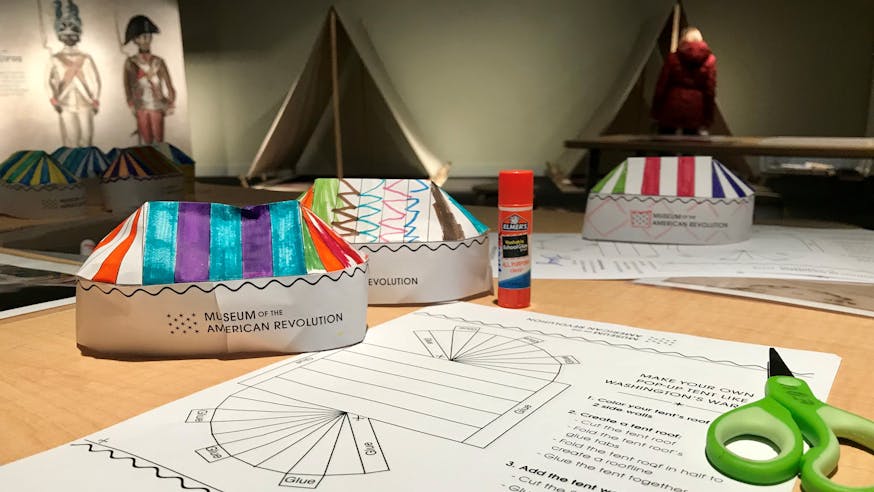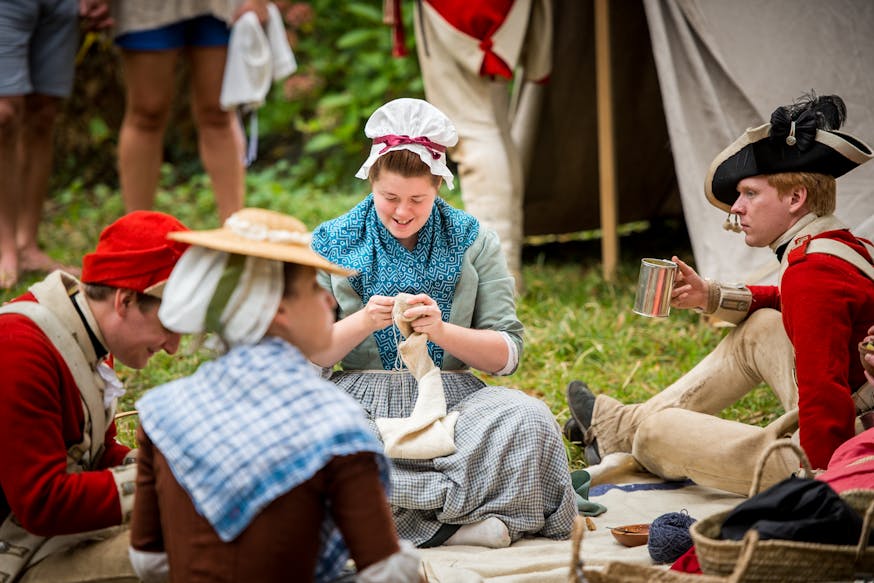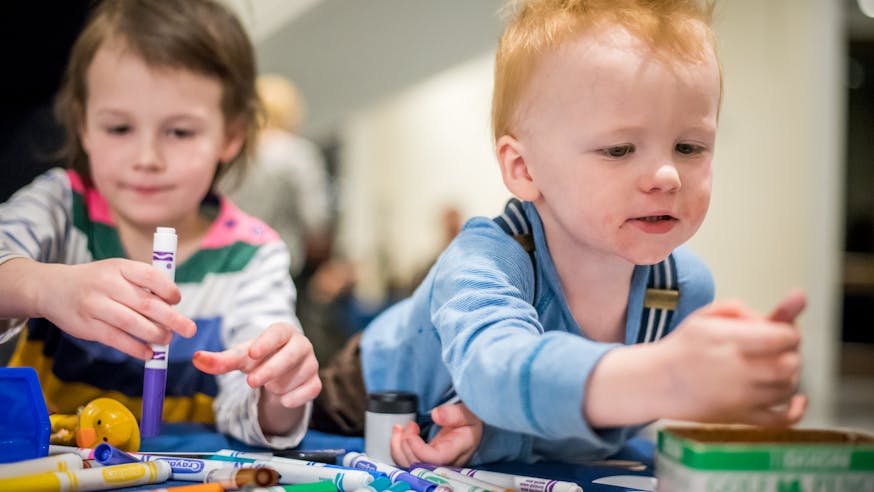Create Your Own Cross-Stitch Sampler
May 7,2020Women's education took many forms in the 18th century. Whether studying in elite academies, formal or informal day schools, or even working as an apprentice, most girls learned sewing at a young age, and many made needlework “samplers” as a teaching tool. Samplers were more than just sewing practice; they were central to a young girl’s education. In making samplers, young women learned and practiced varied stitches and patterns that would be useful in making all sorts of other things. The text laboriously copied into most samplers, including this one, often aimed to instill moral virtues in the maker. Every sampler is a historical record of one girl’s educational training and the value placed on that education.
People today still take up needlepoint, creating new patterns using historical techniques. And though the methods and subjects of education have changed a lot since the Revolutionary era, Americans still view education as vital to a democratic society.

Learn more about samplers and education in early America as Tyler Putman, Manager of Gallery Interpretation, explores objects in our “Educating Citizens” gallery.
The Museum's cross-stitch sampler was originally presented as part of National Teacher Appreciation Week with the Museum, sponsored by American Heritage Credit Union, to #ThankATeacher with new downloadable mini lesson plans, a look at education in early America, and a live educator Q&A.
Explore more of the Museum's "Educating Citizens" gallery and tour the Museum in our Virtual Museum Tour. Follow the Museum @amrevmuseum on Facebook, Instagram, and Twitter for daily content and updates.
Learn More

At Home Crafts & Activities

Living History Demonstrations
